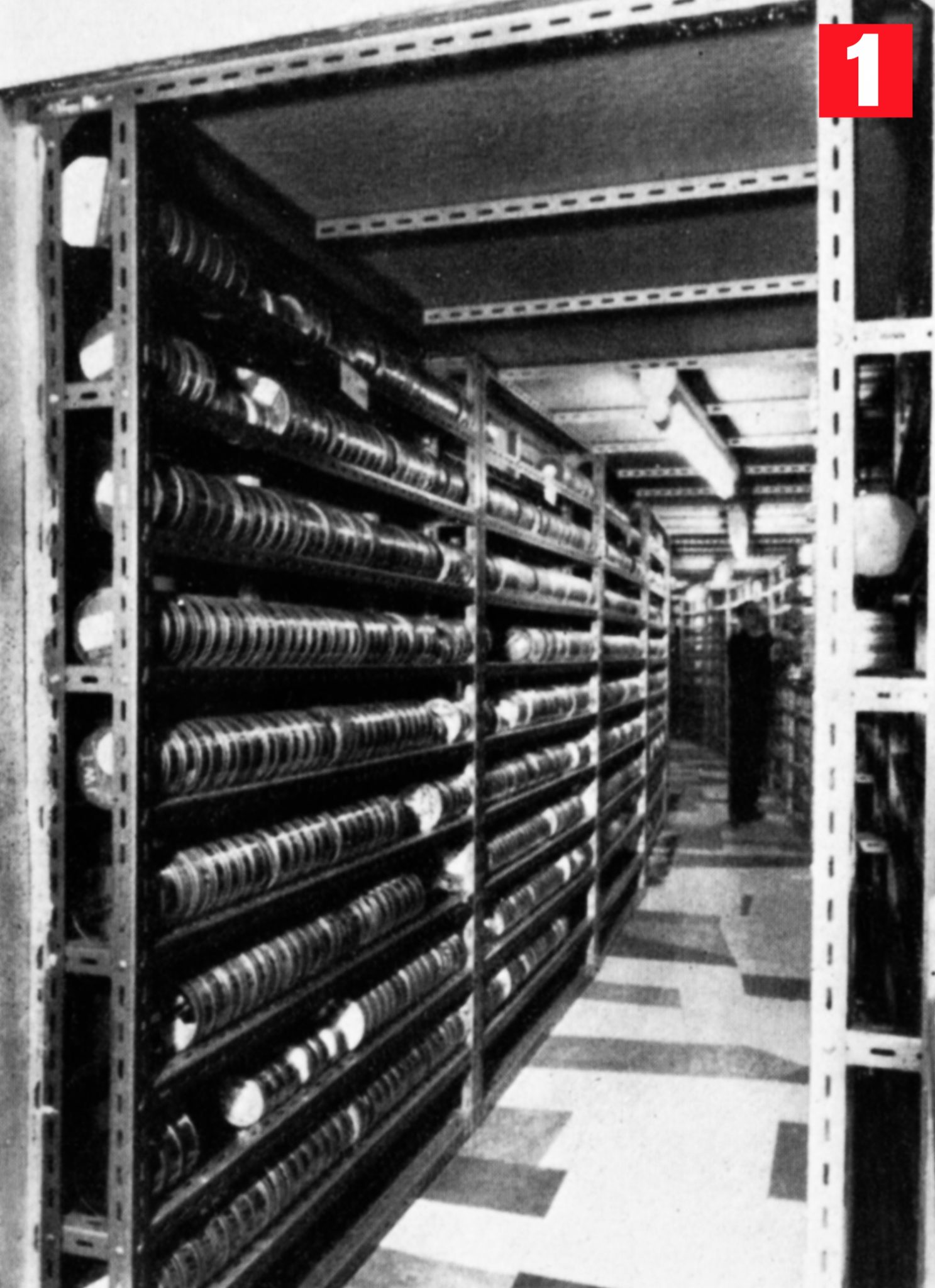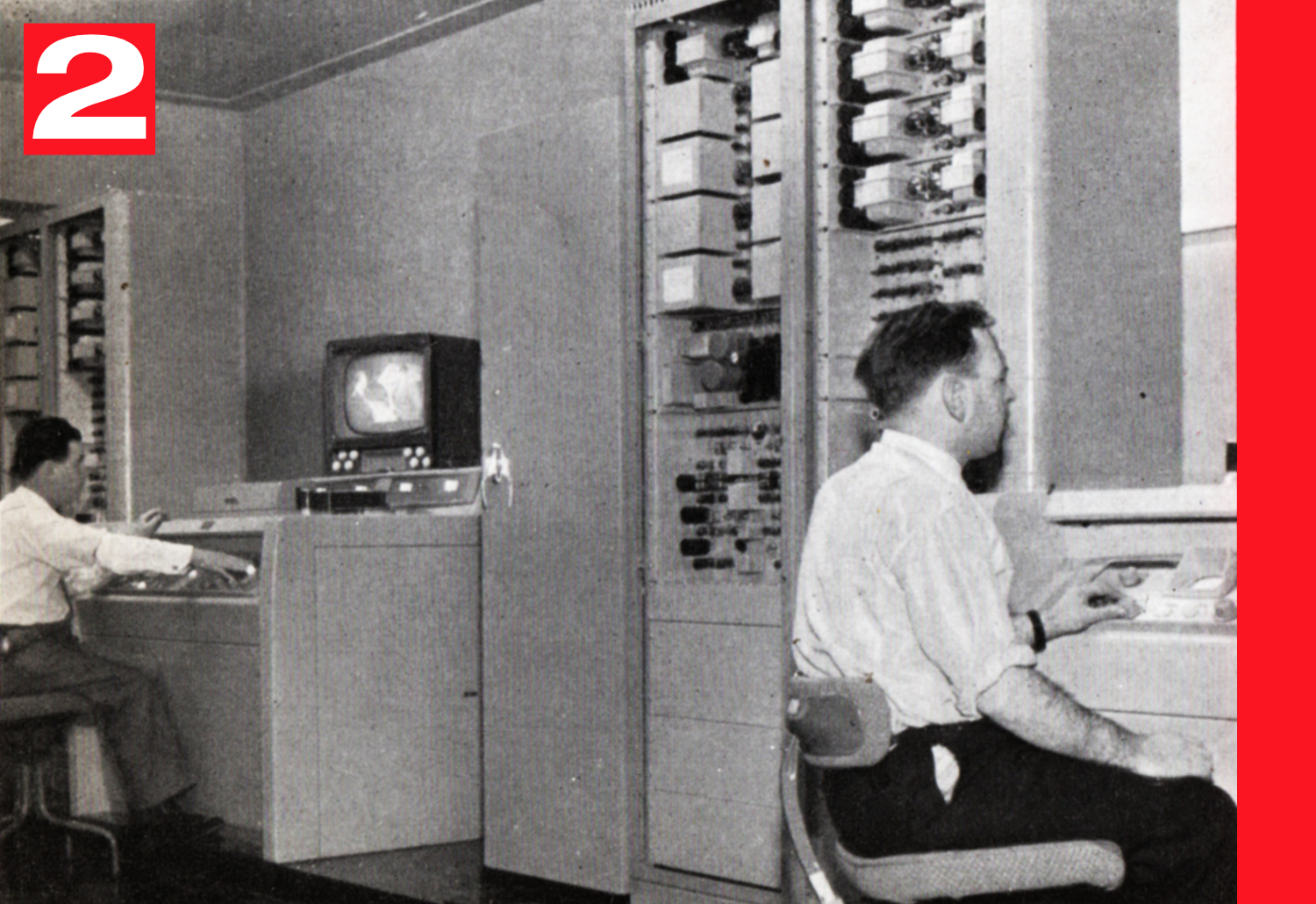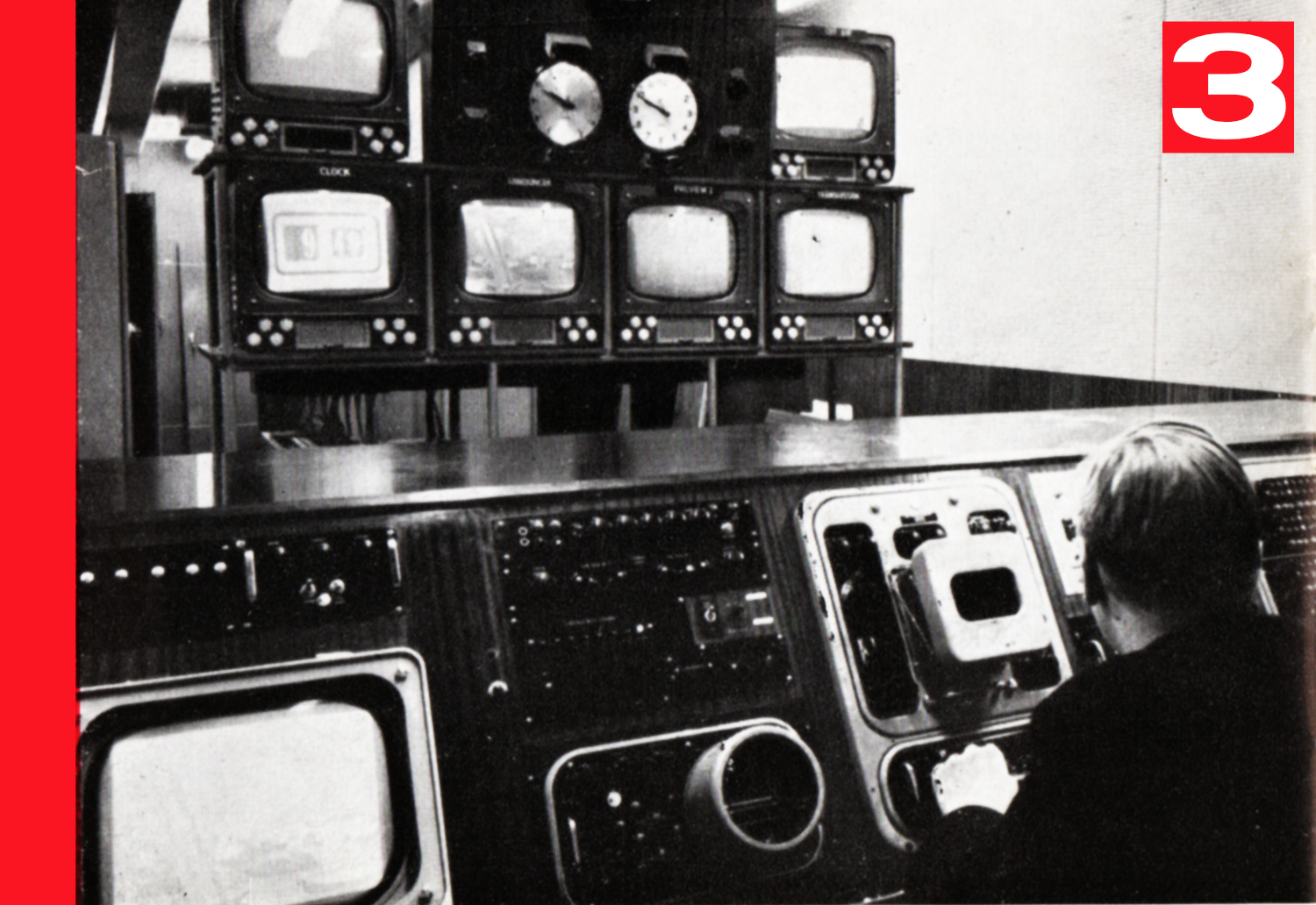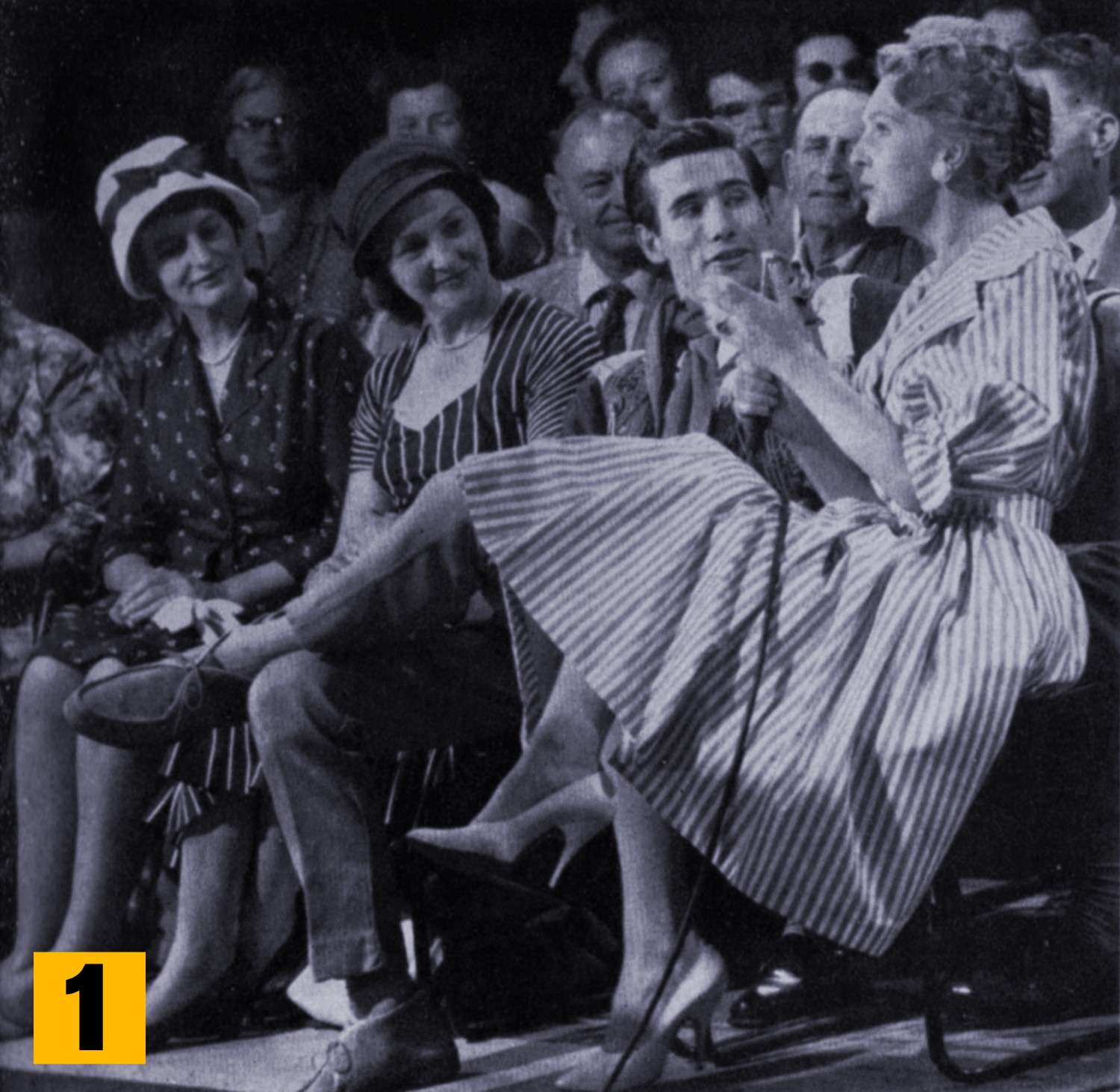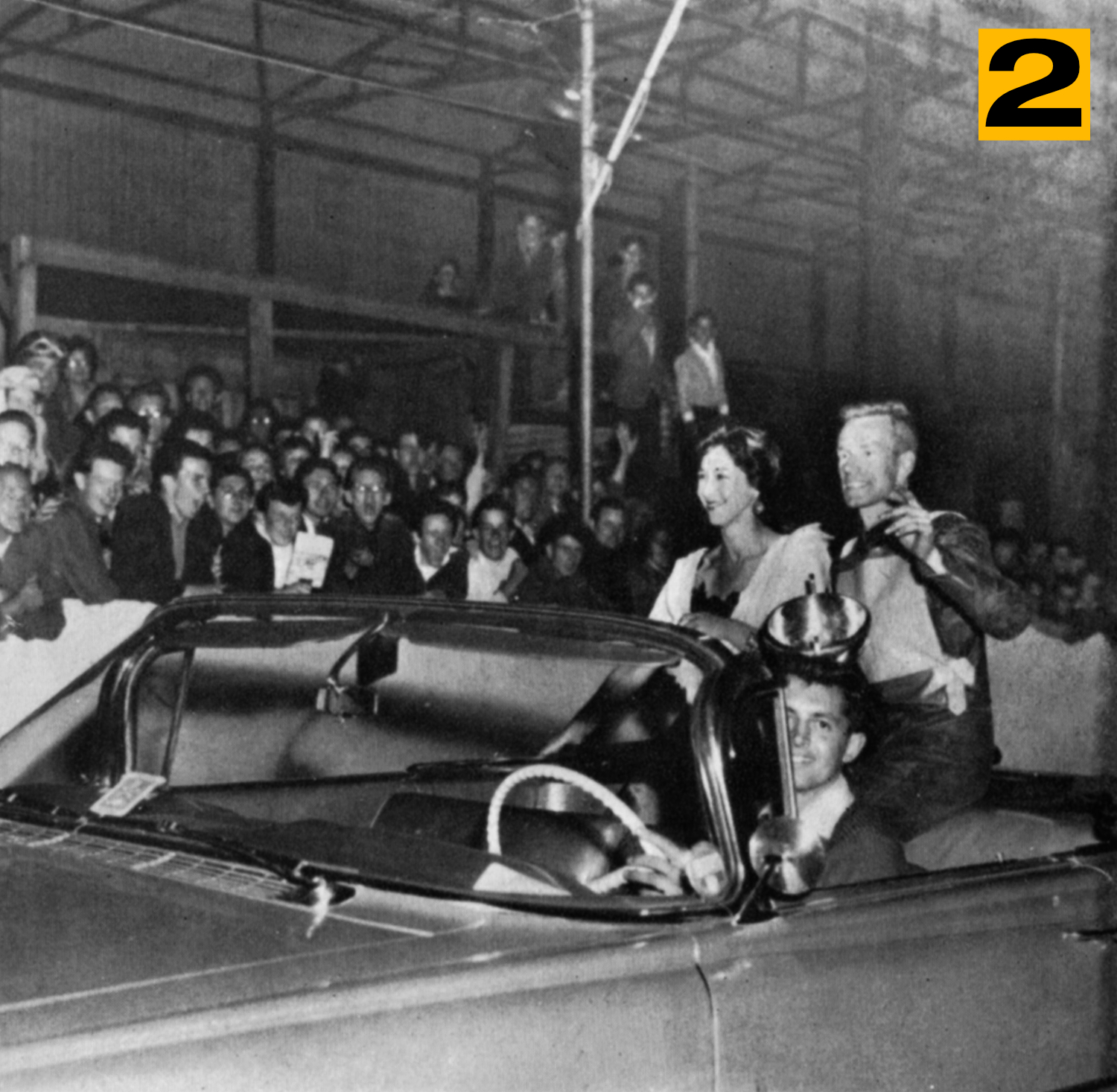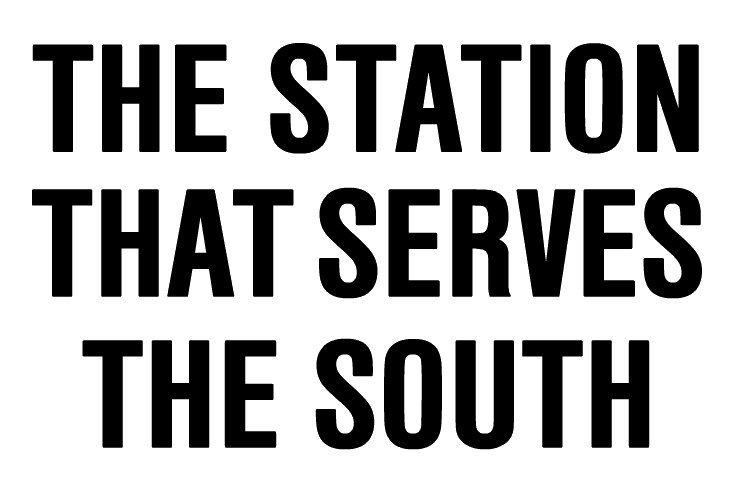 The opening of a new television station presents great responsibilities and challenging opportunities to the contractor entrusted with its operation. I am sure I can say that, during the time that has elapsed since Southern Television began transmission on 30th August, 1958, our responsibilities have been honourably fulfilled and that we have made the best possible use of the exciting opportunities offered by the television medium.
The opening of a new television station presents great responsibilities and challenging opportunities to the contractor entrusted with its operation. I am sure I can say that, during the time that has elapsed since Southern Television began transmission on 30th August, 1958, our responsibilities have been honourably fulfilled and that we have made the best possible use of the exciting opportunities offered by the television medium.
Southern Television is already firmly established as part of the lives of hundreds of thousands of families in the South. We have gladly accepted the opportunity given us by the Independent Television Authority, in awarding us the Dover Transmitter, of bringing our programmes to thousands more homes in the South East. Our task has been to provide entertainment of a consistently high level and to cater for a large range of interests and tastes. This we have achieved and, in doing so, we have also amply justified the confidence of our advertisers.
Most important of all, however, we have created a television service which is deeply rooted in the area it serves. By a consistent policy of lively regional programmes we have set out from the very start of our operation to make Southern Television a regional station in more than name alone, and the loyalty our viewers have shown us in return is proof that we have succeeded.
The Southern Television team has done an outstanding job in its first year, and the pages which follow tell for themselves the story of how this adventurous undertaking has grown. I am sure that when you read them you will share my pride in what has been done and my confidence in a future full of promise for our station.


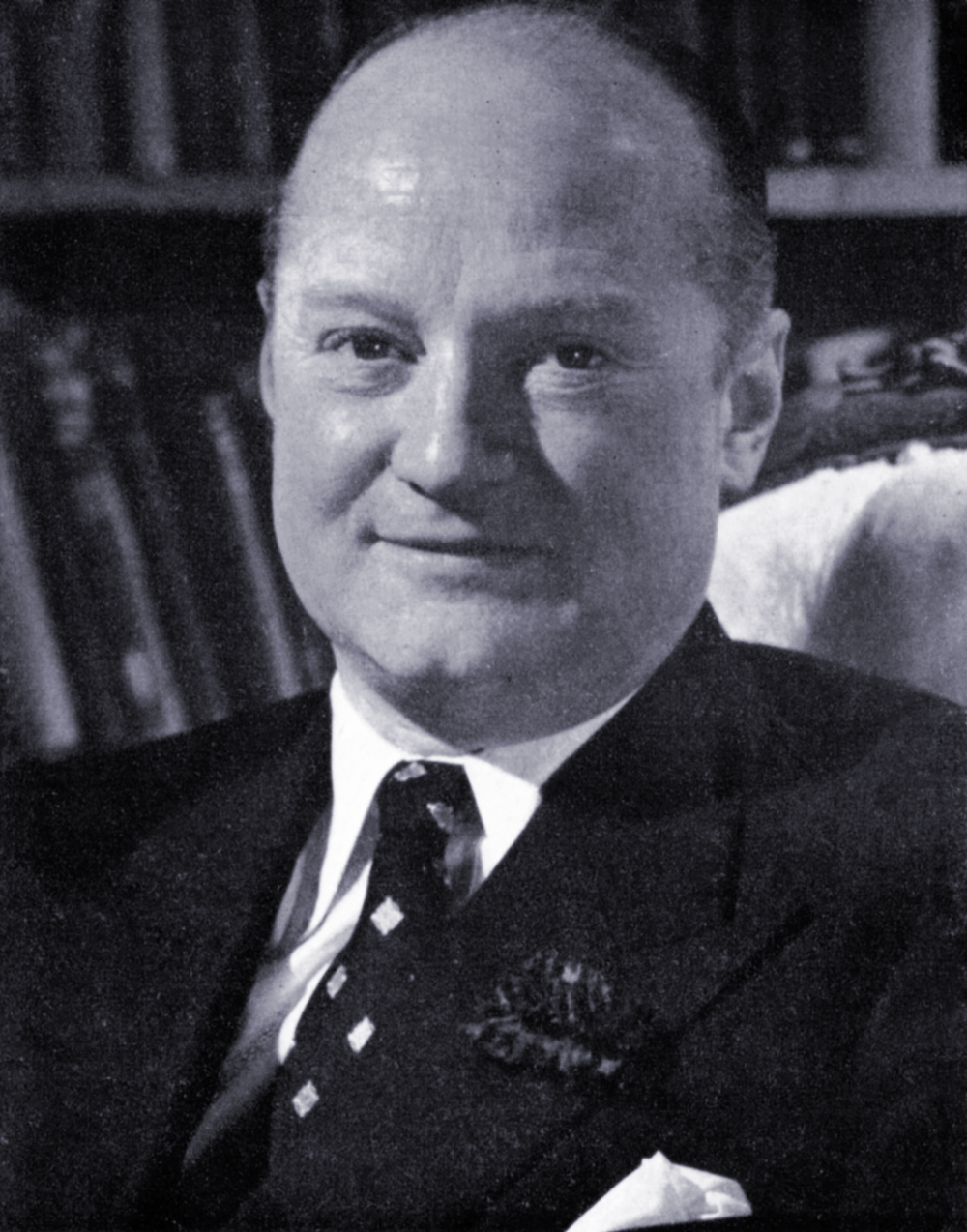

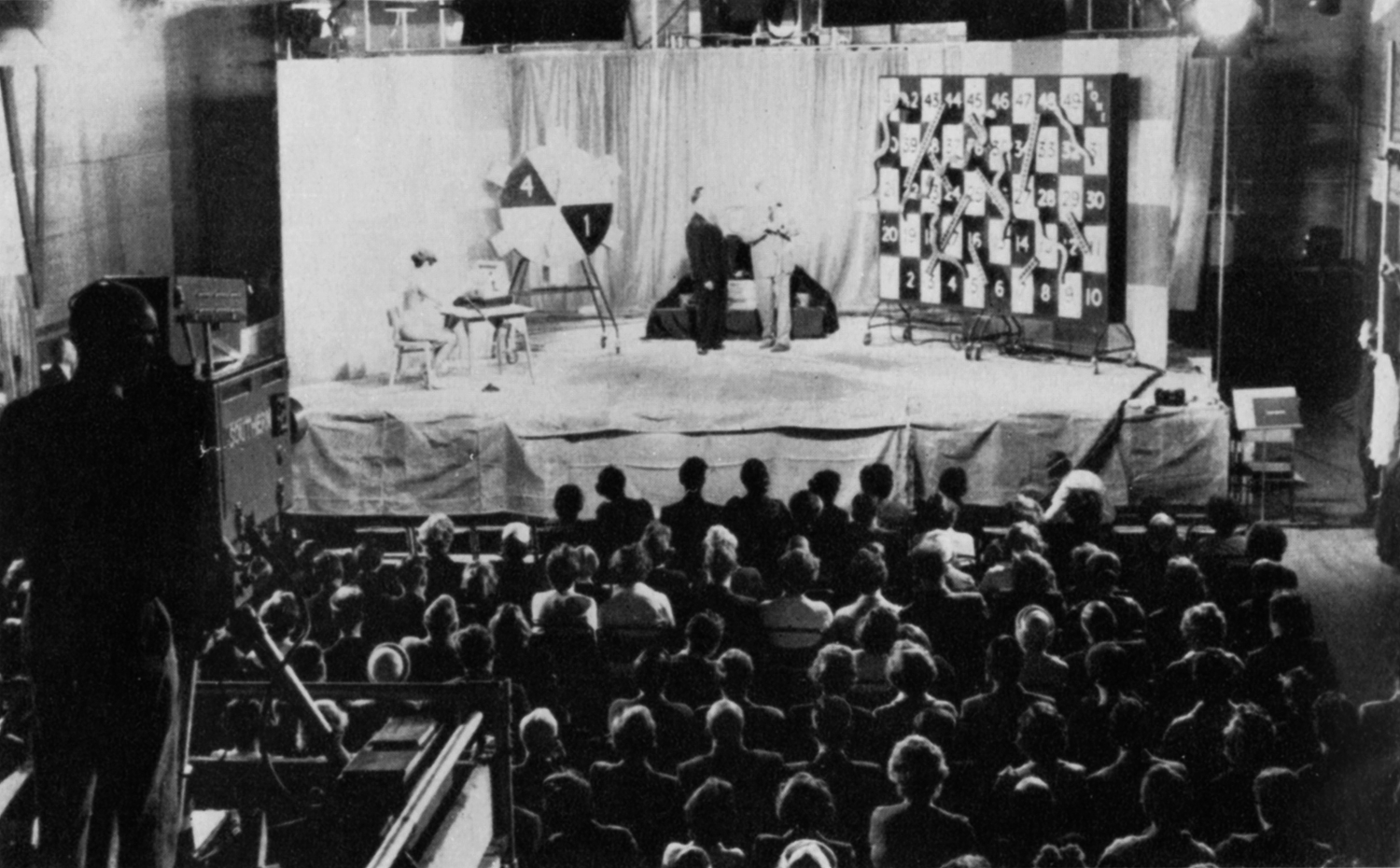
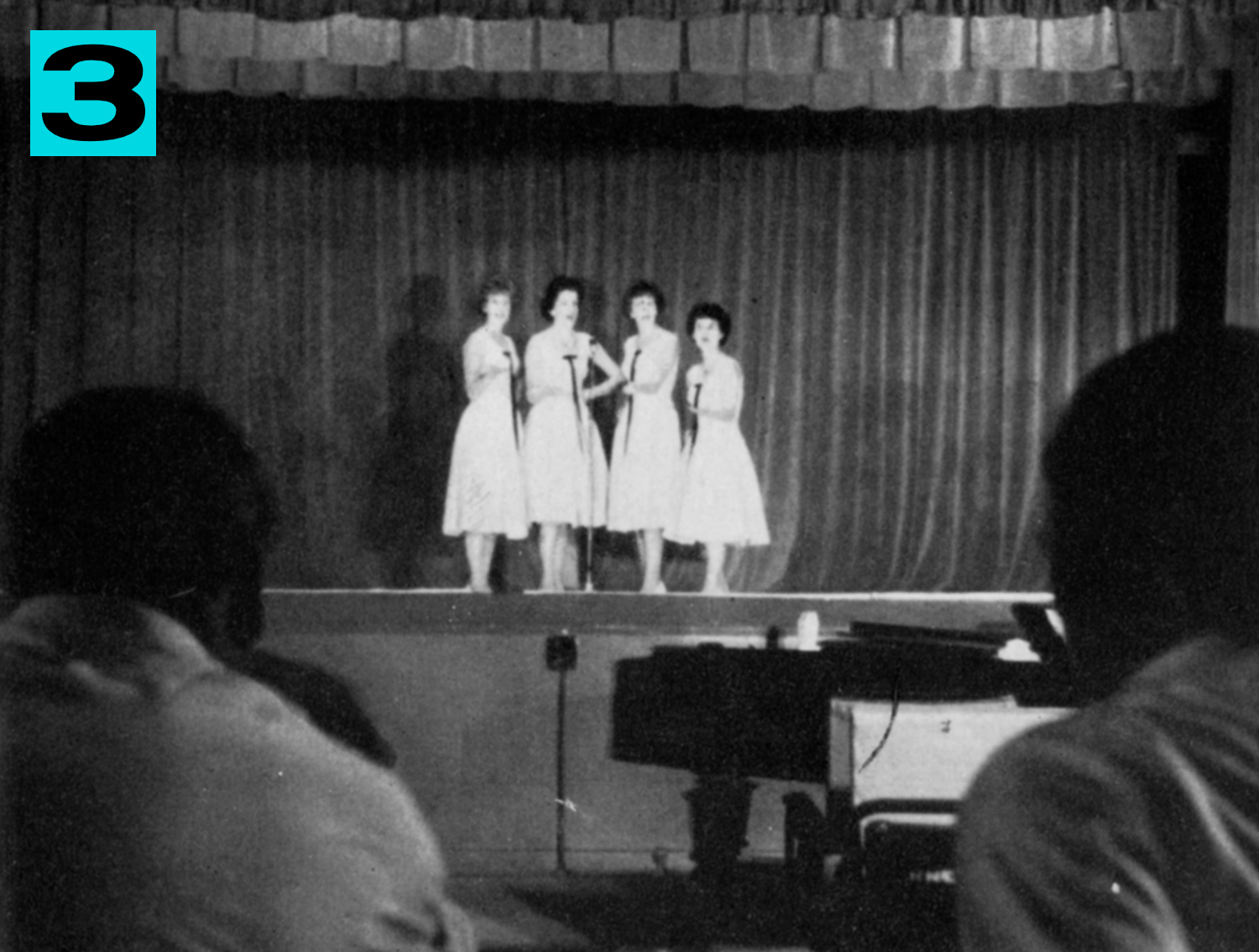
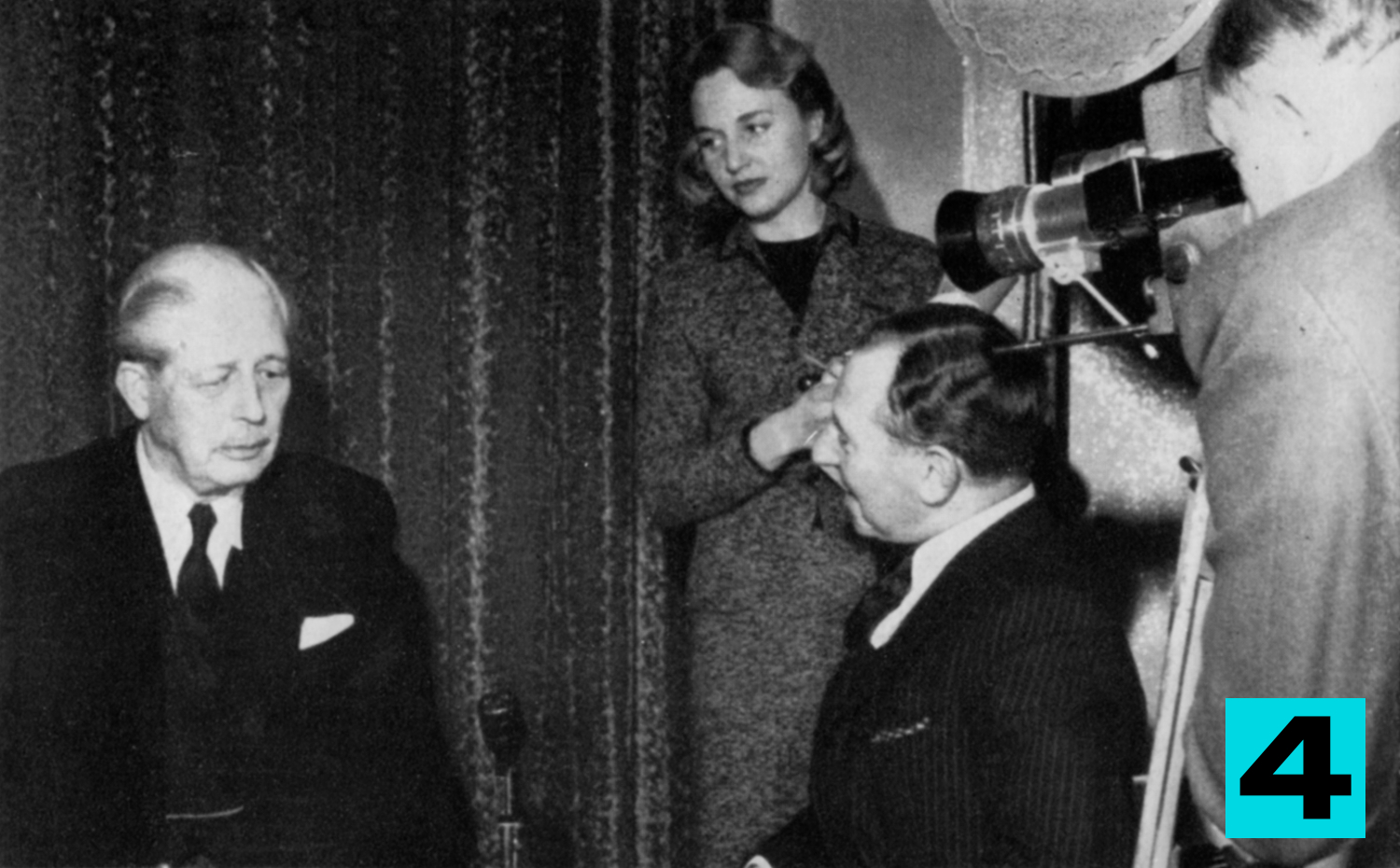
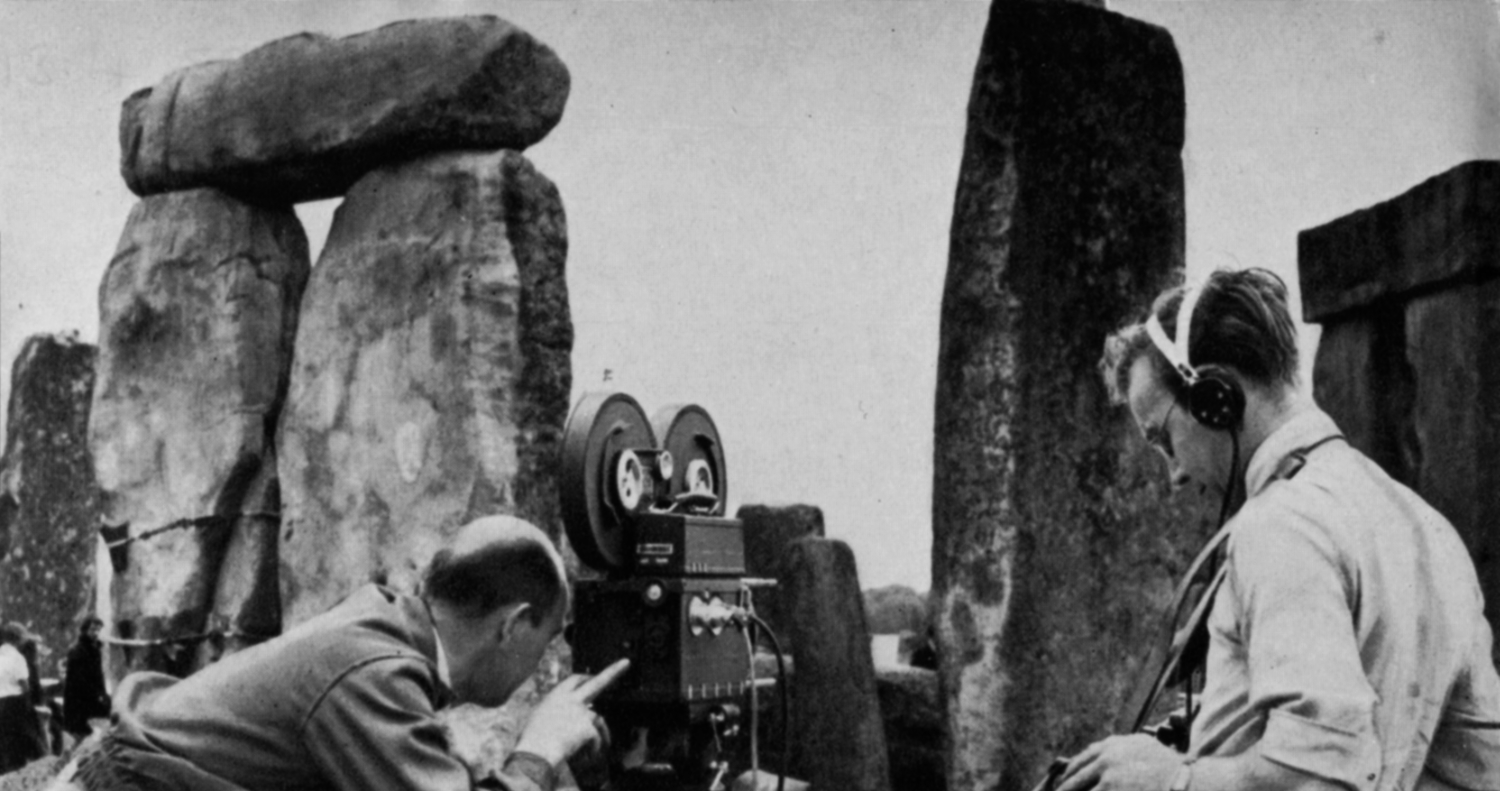
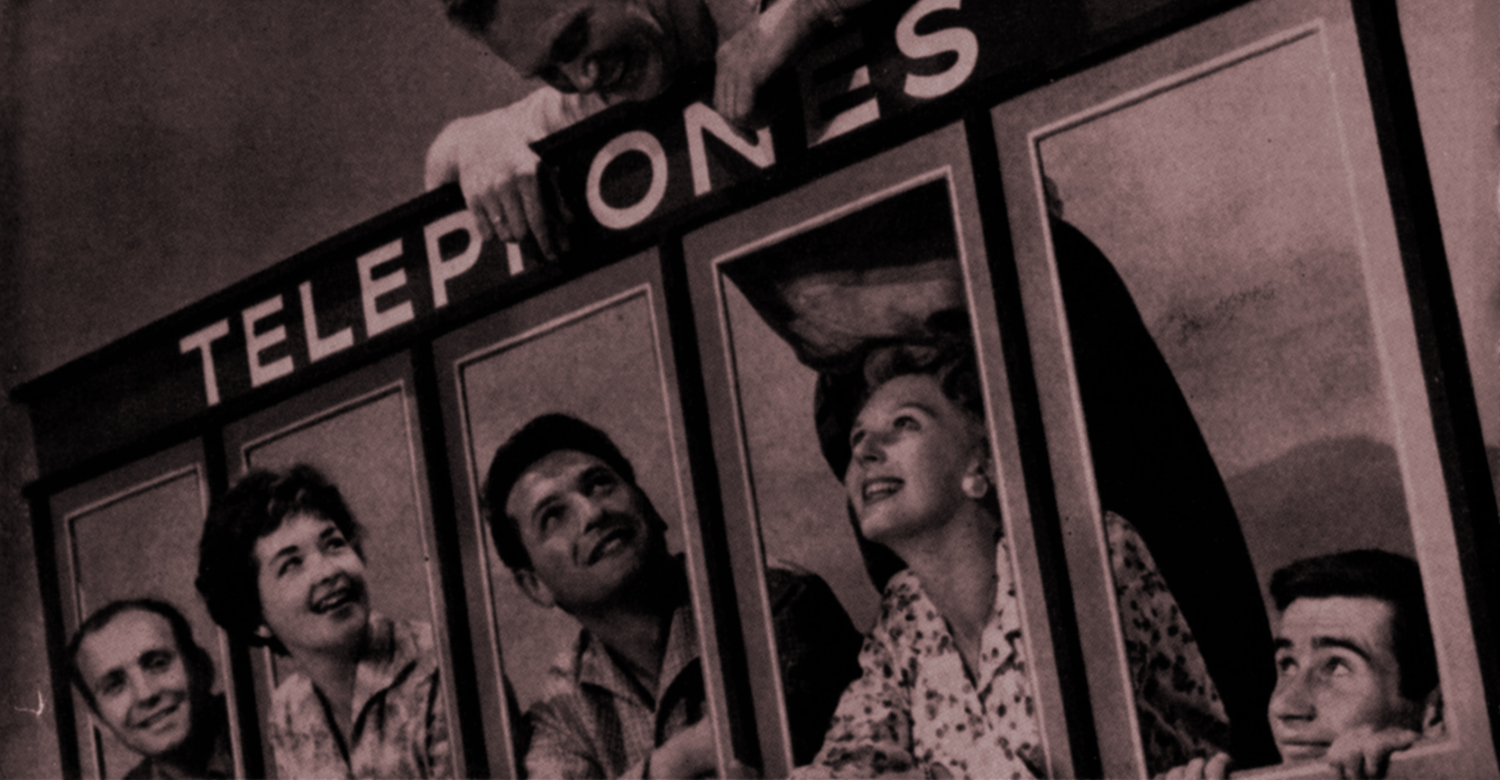
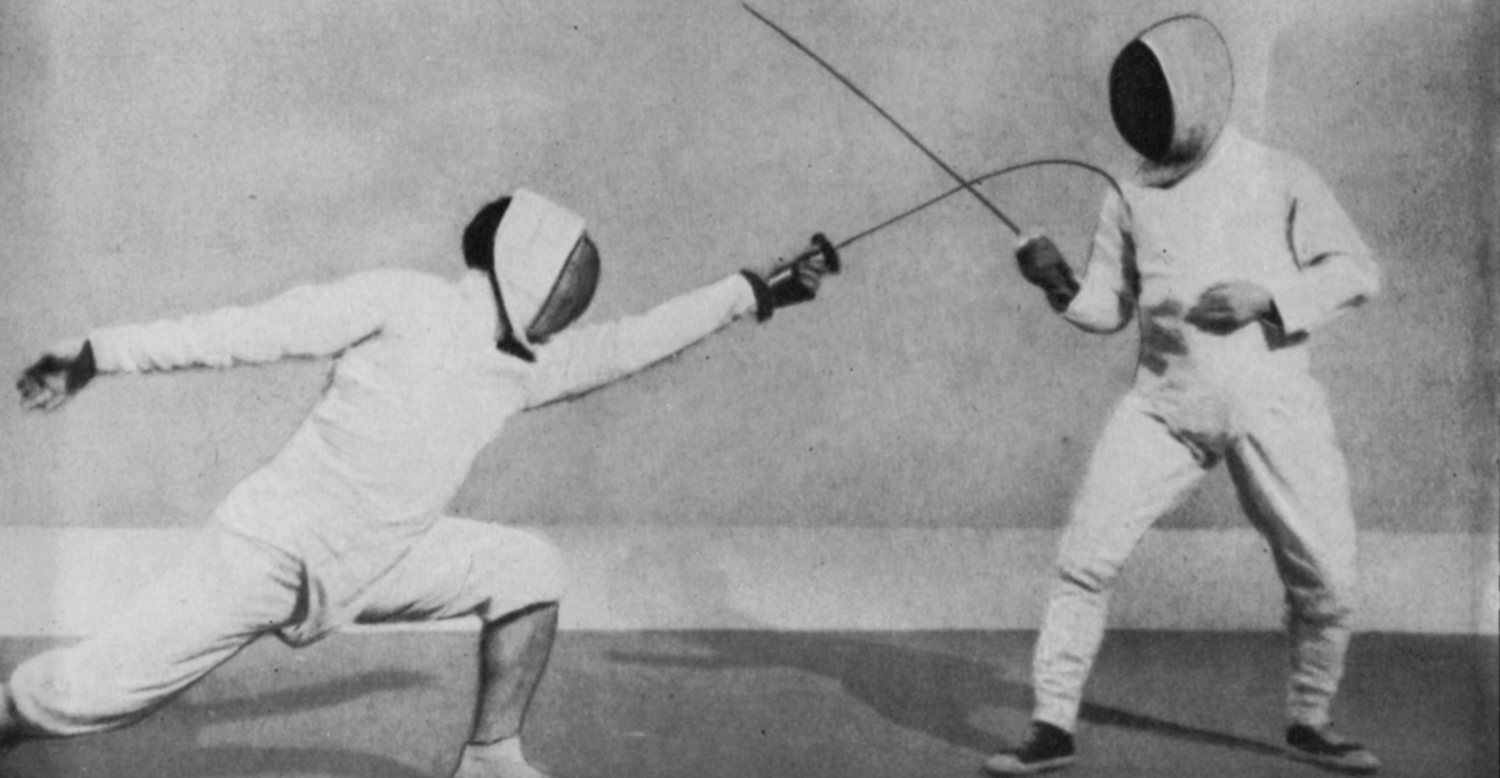
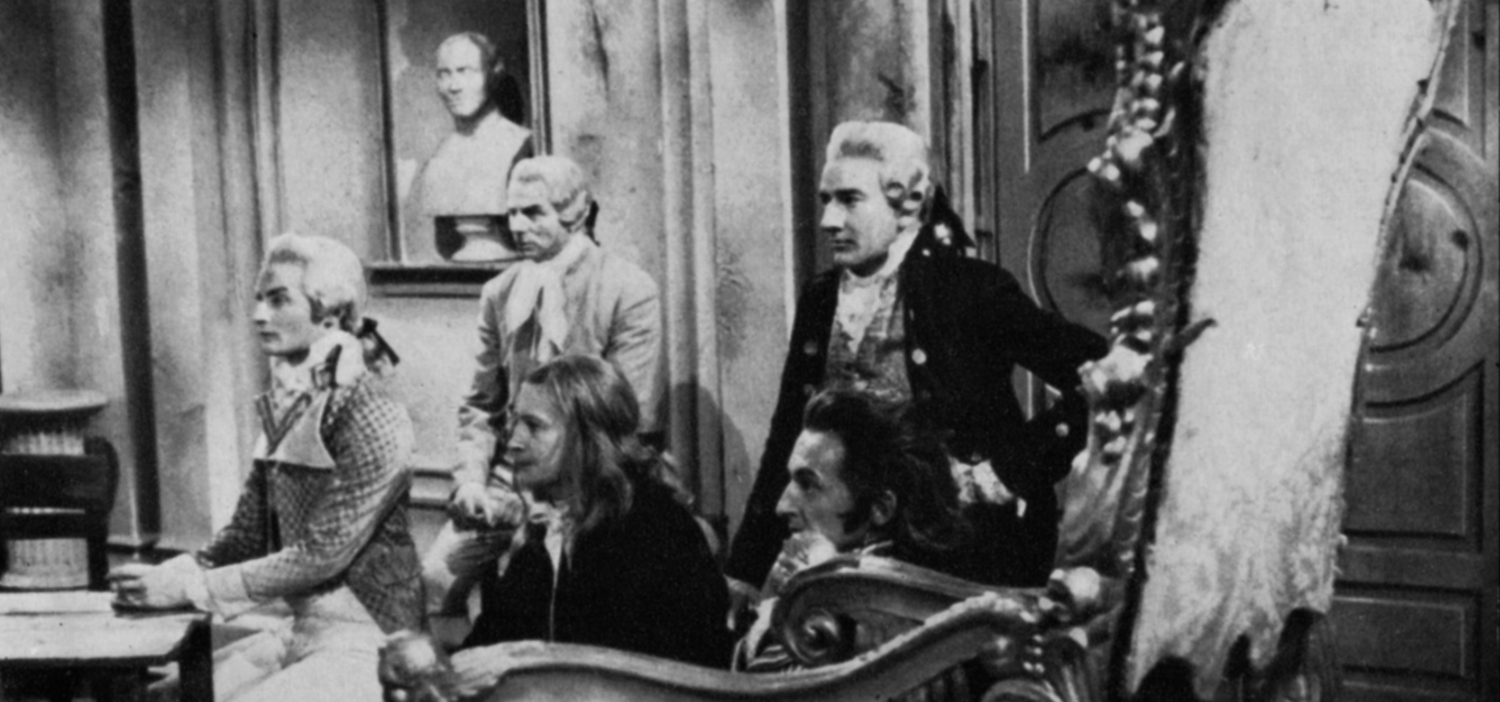
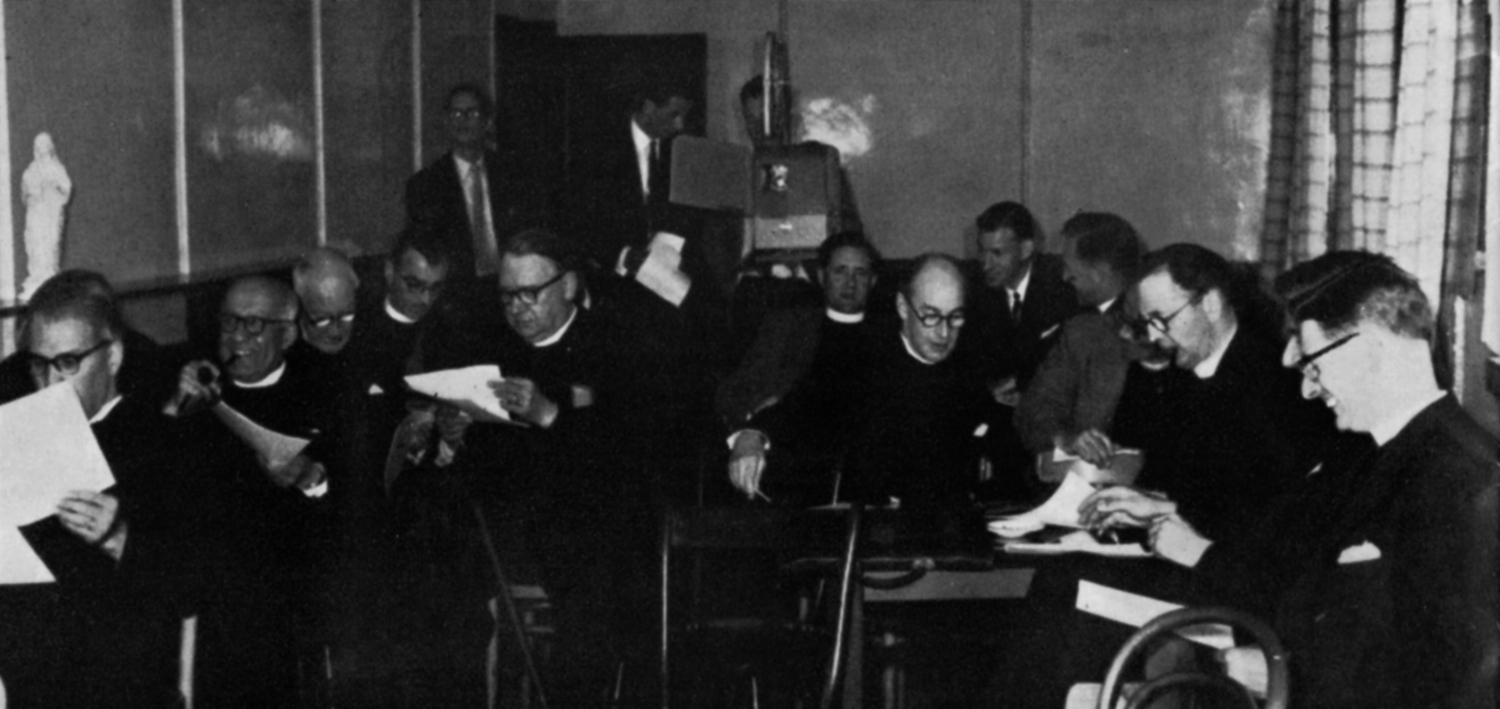
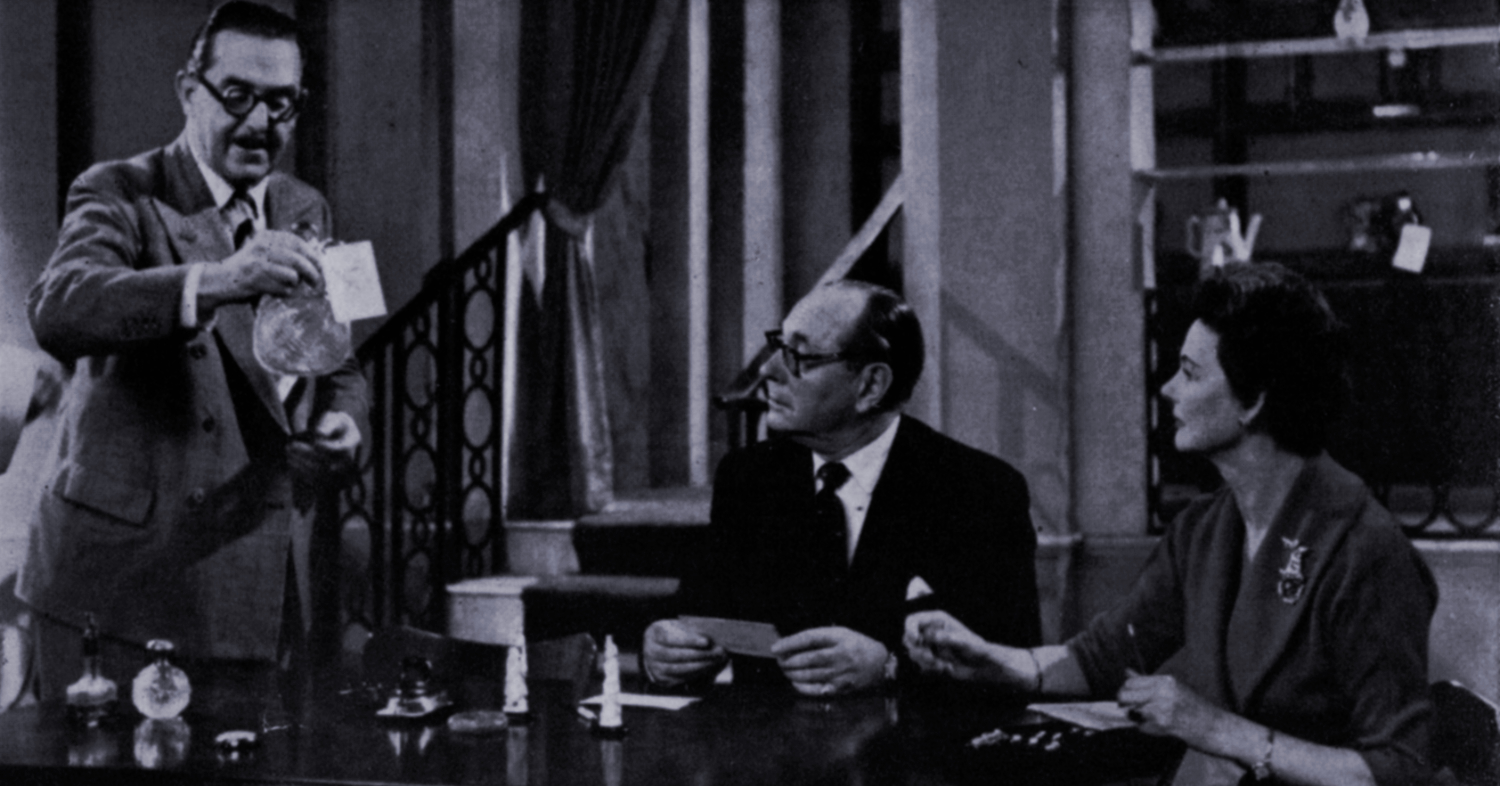
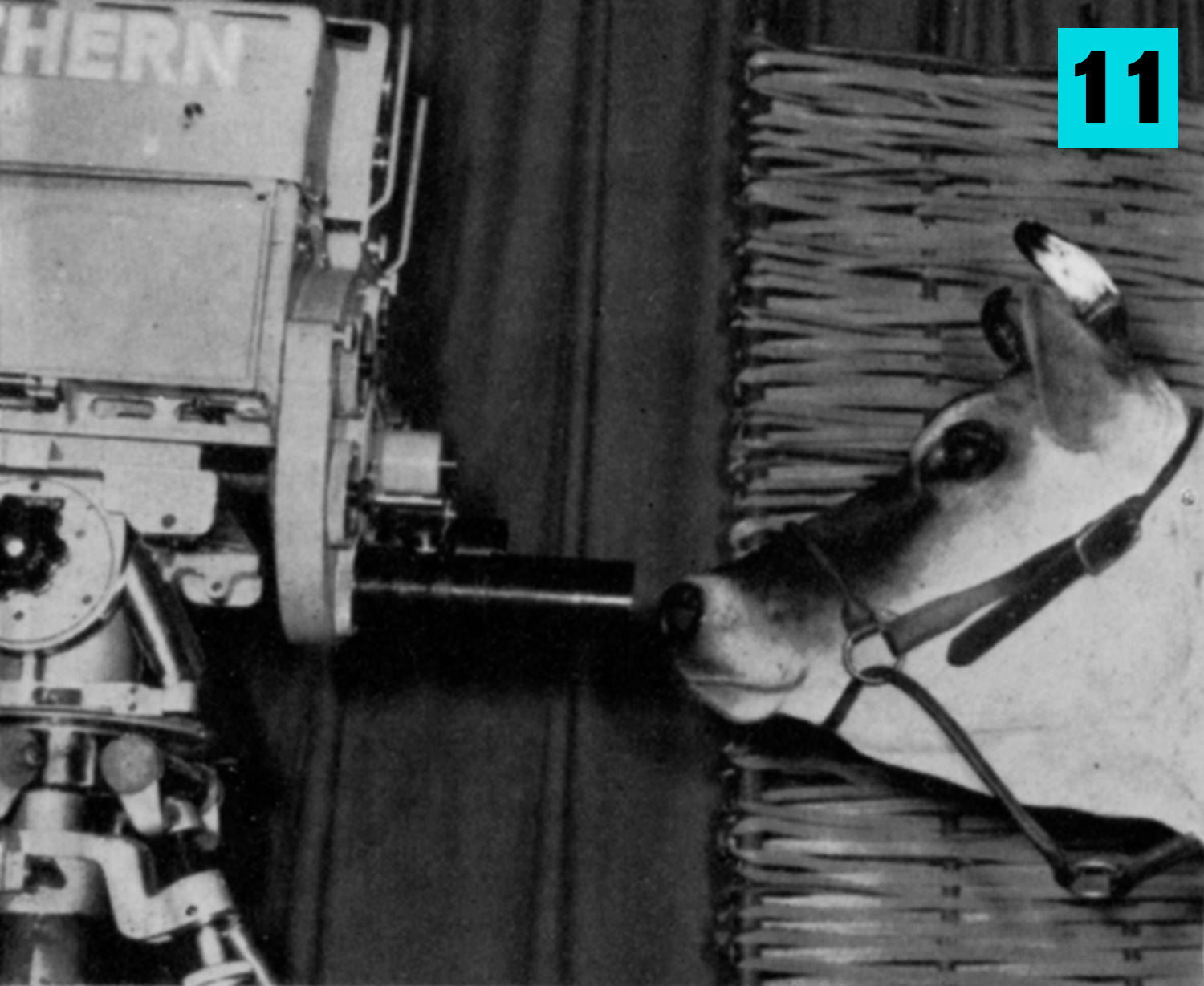
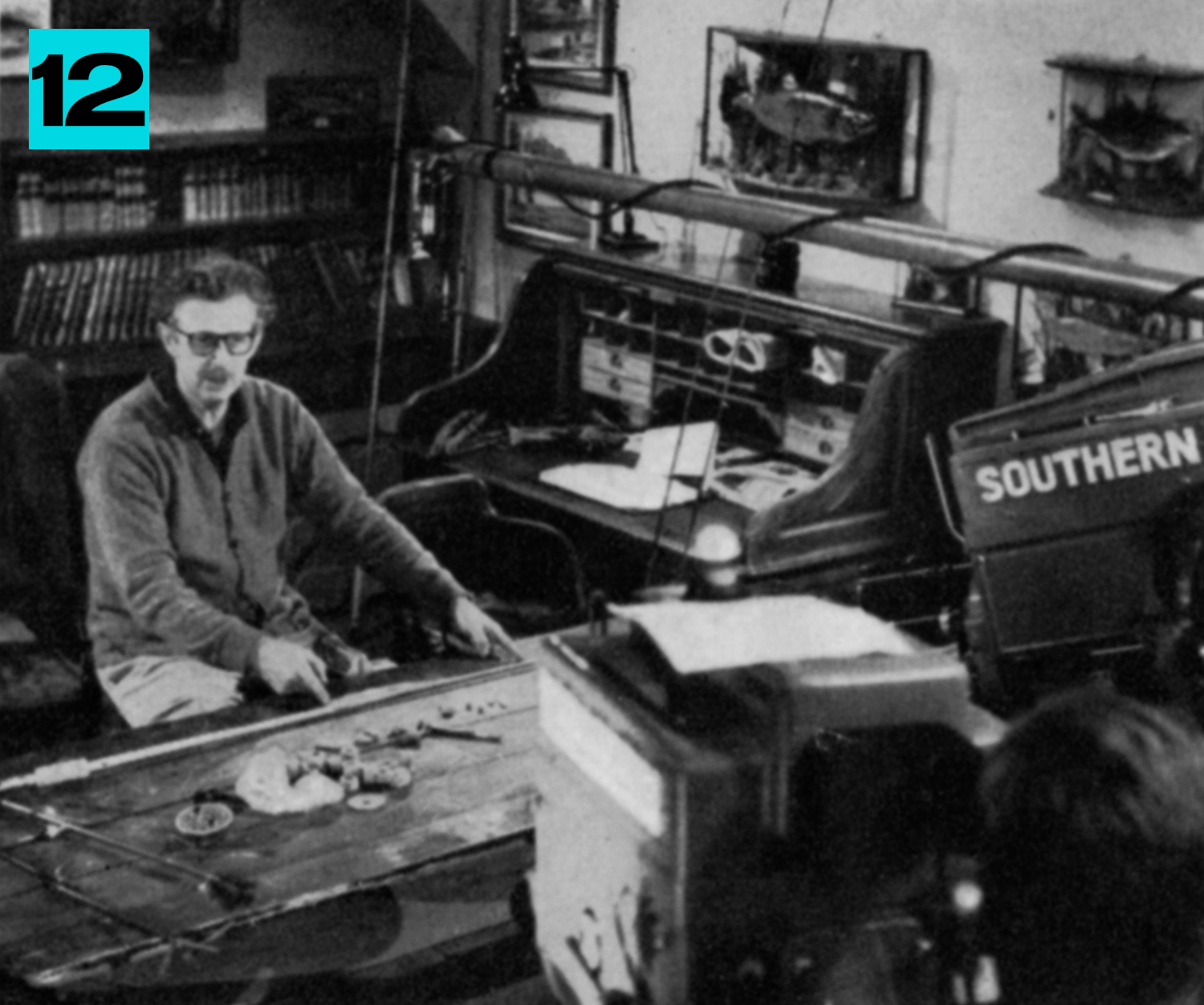
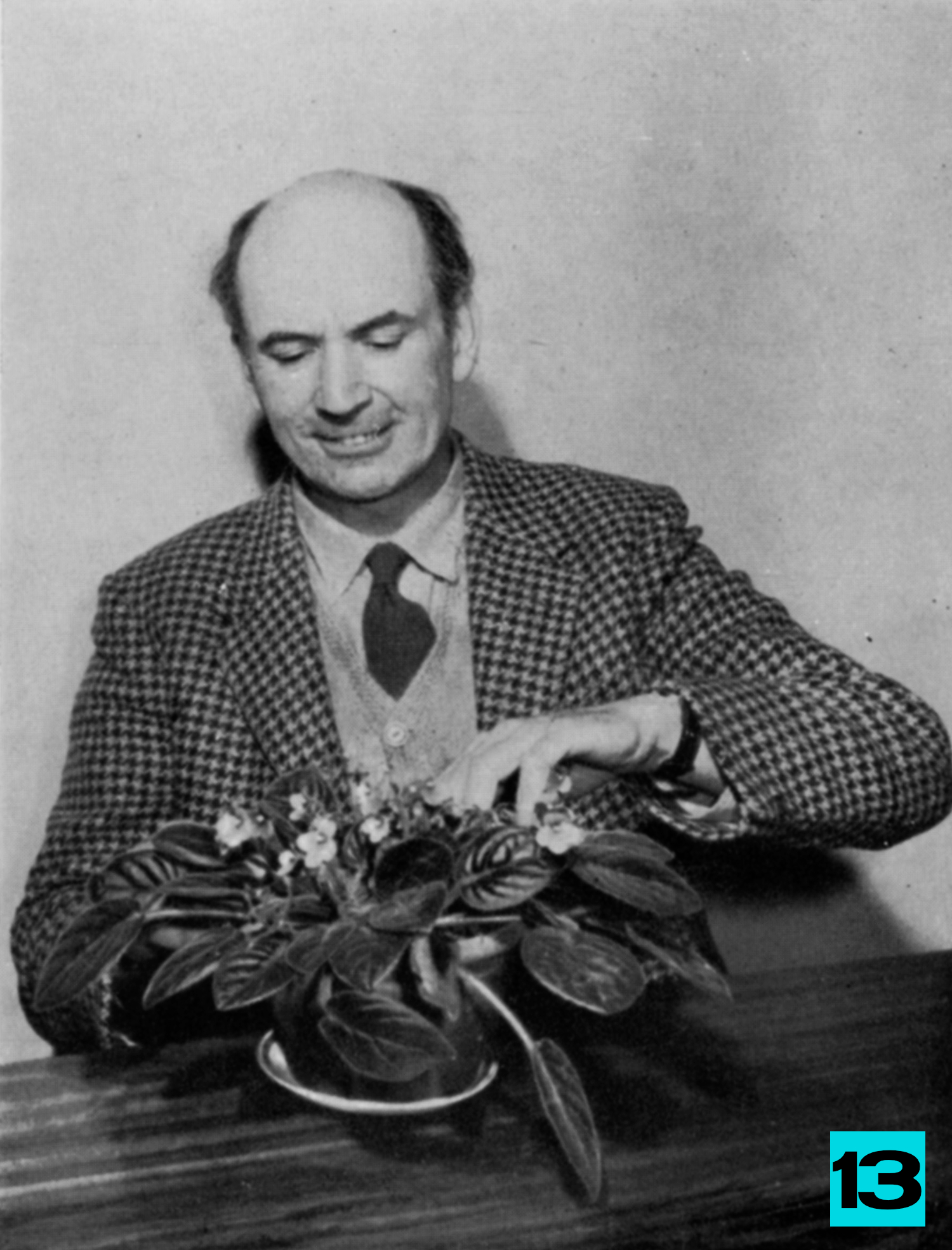
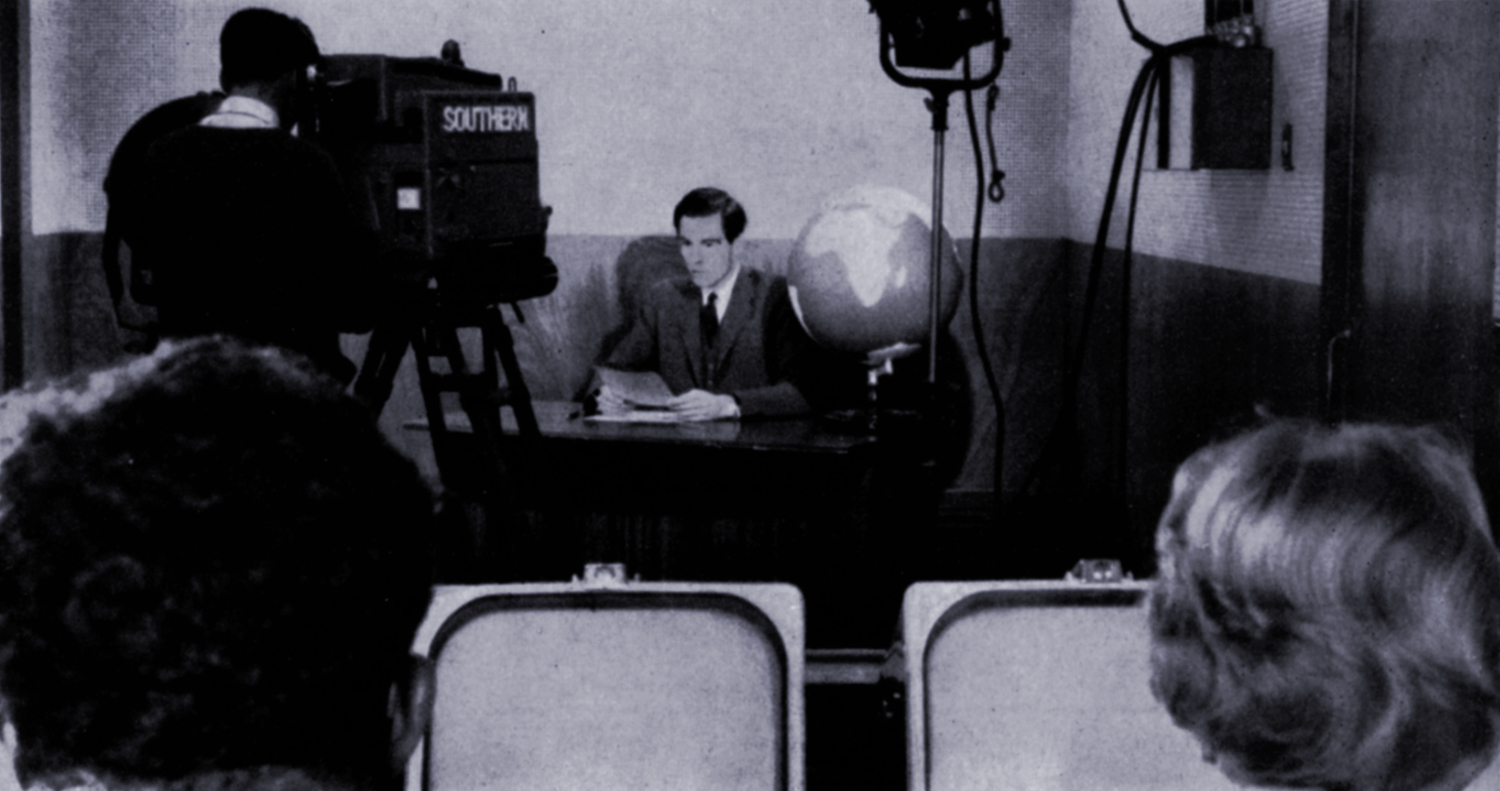
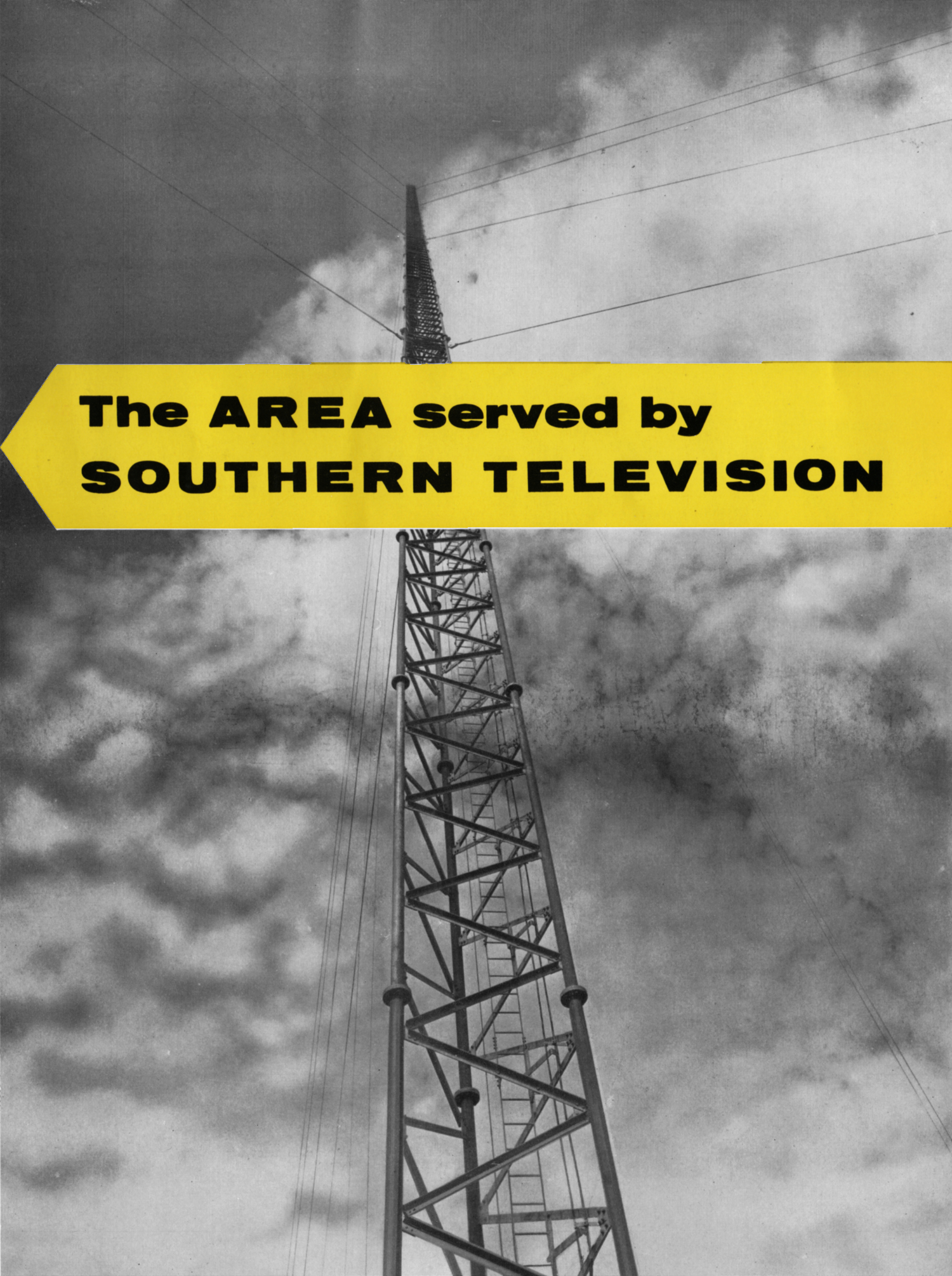

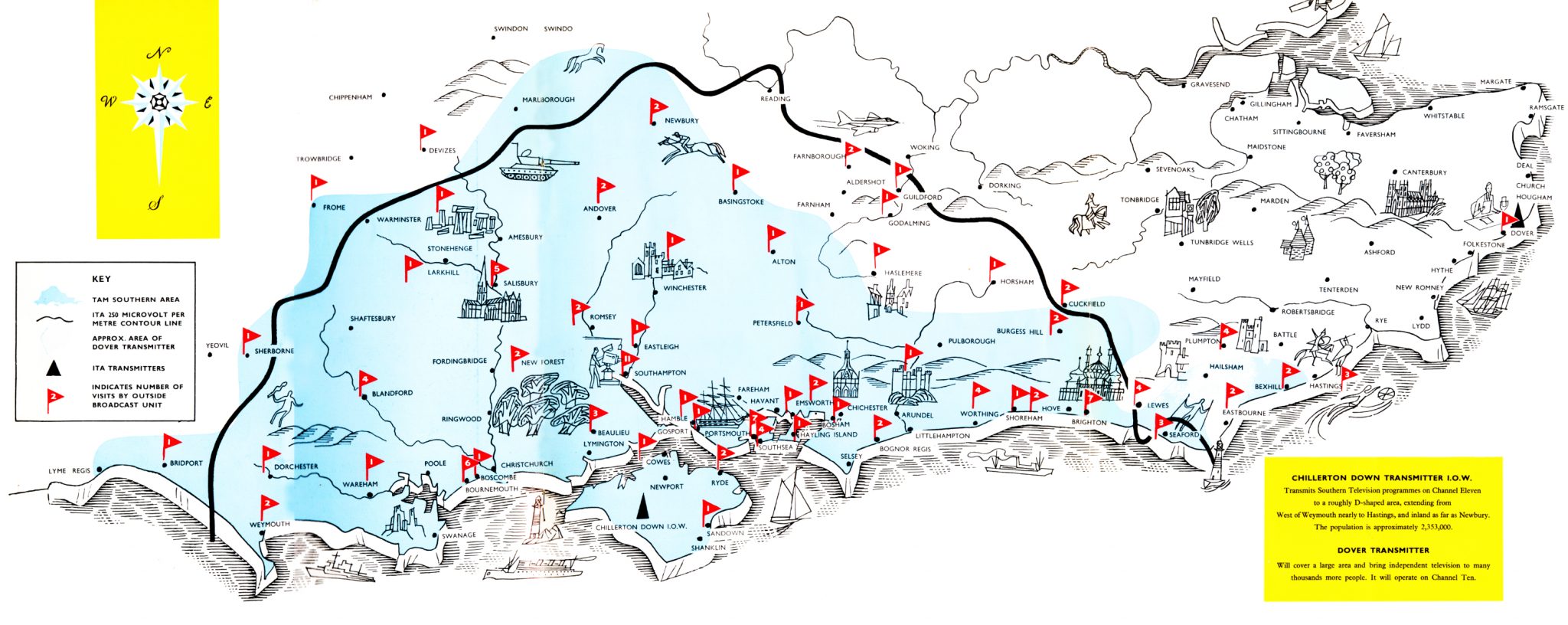

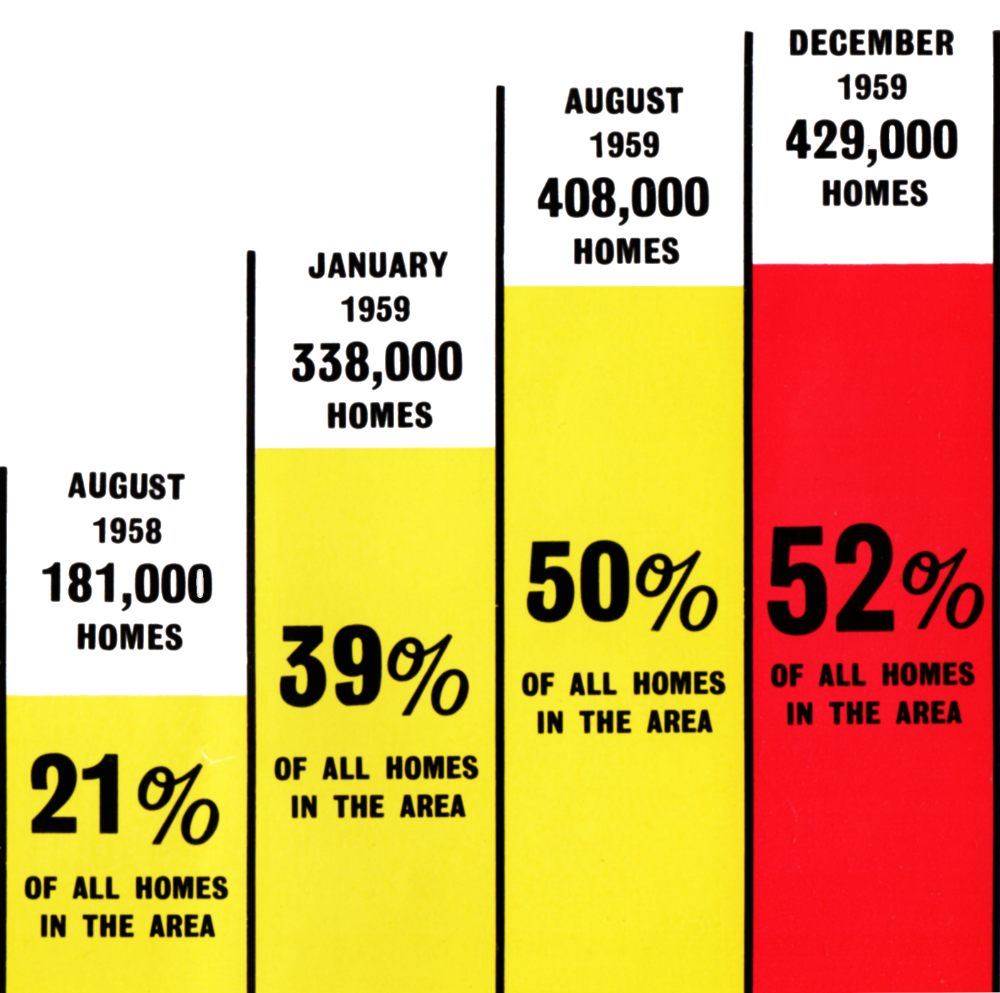

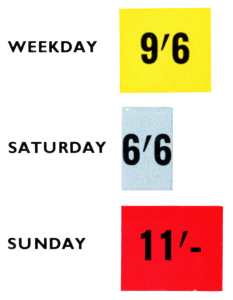
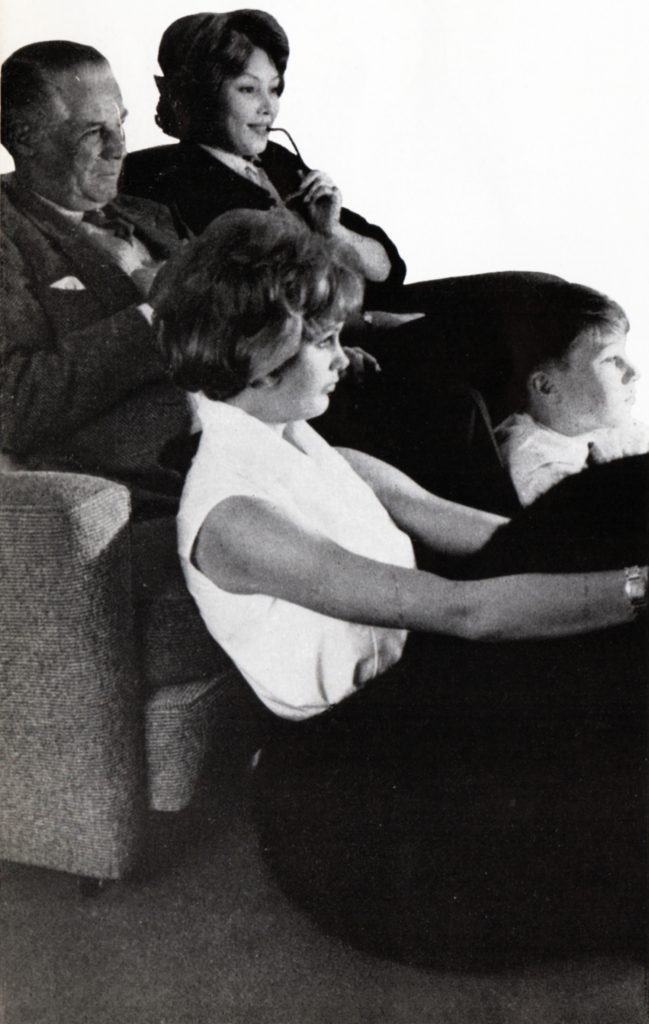
 Southern Television has a coverage of 52% of homes in the Southern I.T.V. area, and 1,425,000 viewers. Every kind of product shown on T.V. in Britain has at some time been carried by Southern and, for a period of several weeks, more commercial seconds of advertising in total were transmitted than in any other area!
Southern Television has a coverage of 52% of homes in the Southern I.T.V. area, and 1,425,000 viewers. Every kind of product shown on T.V. in Britain has at some time been carried by Southern and, for a period of several weeks, more commercial seconds of advertising in total were transmitted than in any other area!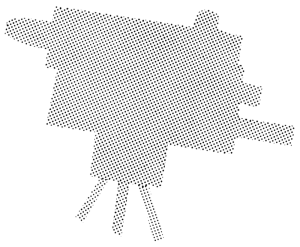 The value of the South as a test area is now well known to many big and small advertisers. Research has shown that the population in the South of England has plenty of money to spend and a way of life which encourages experiments in buying. The amount of money spent per head on certain products and services far exceeds the national average. And being so close to London, the characteristics of the area are very similar to the most important marketing centre in the country. This is why Southern Television enjoys a large test market business. Advertisers can learn so much at such a reasonable cost.
The value of the South as a test area is now well known to many big and small advertisers. Research has shown that the population in the South of England has plenty of money to spend and a way of life which encourages experiments in buying. The amount of money spent per head on certain products and services far exceeds the national average. And being so close to London, the characteristics of the area are very similar to the most important marketing centre in the country. This is why Southern Television enjoys a large test market business. Advertisers can learn so much at such a reasonable cost.
 On the banks of the River Itchen, where it turns from the quiet Hampshire meadows to the bustle of Southampton Water, stands the Southern Television Centre.
On the banks of the River Itchen, where it turns from the quiet Hampshire meadows to the bustle of Southampton Water, stands the Southern Television Centre.